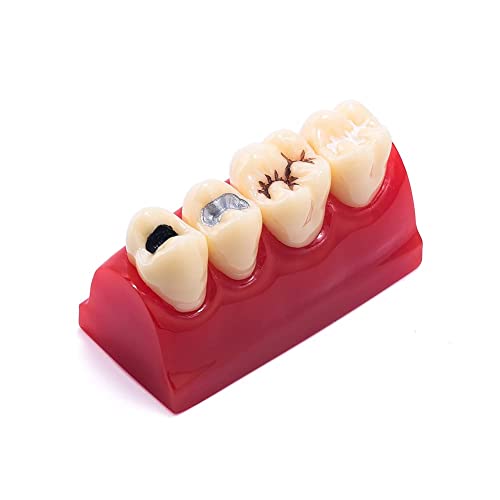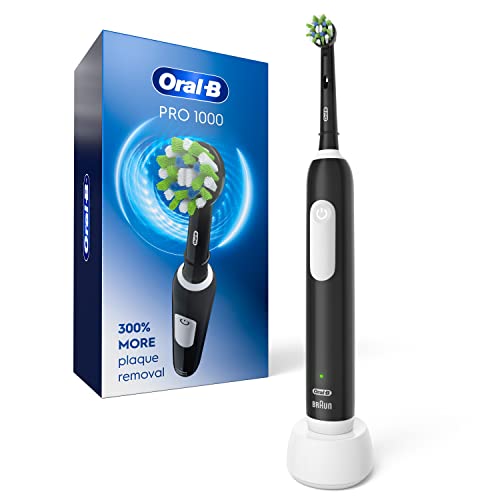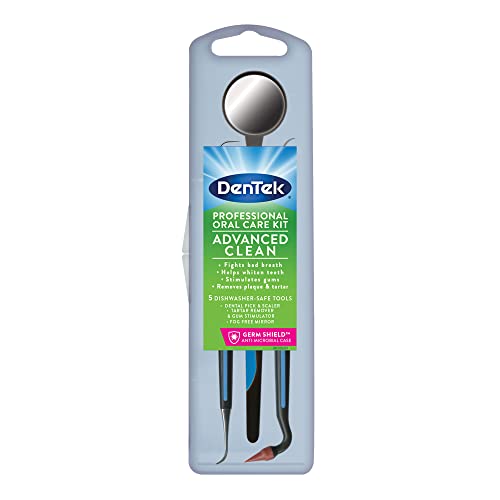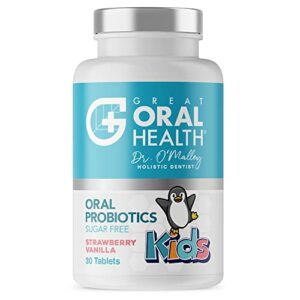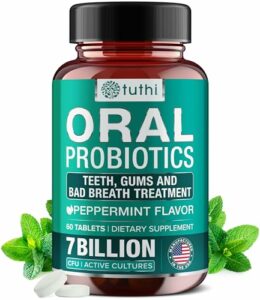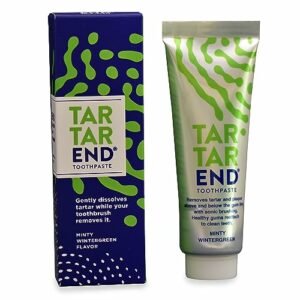In this step-by-step guide, we’ll show you how to effectively maintain the longevity of your teeth sealants. By following these simple tips, you can ensure that your sealants stay intact and continue to protect your teeth from decay.
Protecting Your Teeth with Sealants
Regular Brushing
To effectively brush your teeth, follow these simple steps:
- Brush your teeth at least twice a day using a soft-bristled toothbrush and fluoride toothpaste.
- Gently move the toothbrush back and forth in short, circular motions, ensuring that you clean all tooth surfaces, including the front, back, and chewing surfaces.
- Pay special attention to cleaning the sealants to remove any food particles or plaque that may have accumulated.
- Rinse your mouth thoroughly with water after brushing.Remember, regular brushing is essential for maintaining good oral health, so make it a habit to brush your teeth at least twice a day to keep your smile healthy and bright.
Flossing
Floss your teeth daily to effectively clean the areas between your teeth and around the sealants. Start by taking a piece of floss about 18 inches long and wrap the ends around your middle fingers, leaving about 2 inches of floss in between. Gently slide the floss between your teeth, using a back-and-forth motion to remove any trapped food particles or plaque. Be careful not to snap the floss against your gums, as this can cause discomfort or damage to the sealants. Repeat this process for each tooth, making sure to use a fresh section of floss for each tooth. By following these simple steps, you can maintain a healthy and clean smile.
Avoid Hard Foods
Avoid hard foods like ice, nuts, and hard candies. These can potentially damage the sealants on your teeth. Opt for softer alternatives instead to help protect the longevity of the sealants.
Limit Sugary and Acidic Foods
Reduce your consumption of sugary and acidic foods and drinks. These can weaken the sealants and make them more susceptible to decay. Opt for healthier alternatives such as fresh fruits, vegetables, and water. Remember to read food labels to check for hidden sugars and acids. By making these small changes, you can protect your sealants and maintain a healthy smile.
Use a Mouthguard
If you engage in activities that may expose your teeth to impact or injury, such as sports, consider using a mouthguard. This will help protect the sealants from damage. Here are a few guidelines to follow:
- Choose the right mouthguard: There are different types of mouthguards available, such as stock mouthguards, boil-and-bite mouthguards, and custom-made mouthguards. Consult with your dentist to determine which type will best suit your needs.
- Wear it consistently: Make sure to wear your mouthguard consistently during any activity that poses a risk to your teeth. Whether you’re playing football, basketball, or even skateboarding, wearing a mouthguard will provide an extra layer of protection.
- Proper maintenance: After each use, rinse your mouthguard with cold water and clean it with a toothbrush and toothpaste. Store it in a clean, sturdy case to prevent damage or contamination.
- Replace when necessary: Mouthguards can wear out over time, so it’s important to replace them as needed. Check for signs of wear and tear, such as cracks or tears, and replace the mouthguard if necessary.
By following these guidelines, you can help ensure that your mouthguard effectively protects your teeth and sealants from potential damage during activities that carry a risk of impact or injury. Stay safe and keep smiling!
Avoid Teeth Grinding
- Schedule an appointment with your dentist to discuss your teeth grinding habit.
- Ask your dentist about potential treatments or solutions to address teeth grinding.
- Follow any recommendations or instructions provided by your dentist to prevent further damage to your teeth.
- Consider wearing a mouthguard or splint at night to protect your teeth from grinding.
- Practice stress-reducing techniques such as meditation or exercise to help alleviate teeth grinding caused by anxiety or stress.
- Be mindful of your jaw and facial muscles throughout the day, and try to relax them if you notice any tension or clenching.
- Avoid chewing on hard objects like pens or ice, as this can contribute to teeth grinding.
- Maintain a healthy oral hygiene routine, including brushing and flossing regularly, to ensure the longevity of your teeth and prevent any additional dental issues.
- Keep regular dental check-ups to monitor the condition of your teeth and address any concerns related to teeth grinding.
Regular Dental Check-ups
- Schedule regular dental check-ups every six months.
- During the check-up, the dentist will examine the sealants to ensure they are in good condition.
- If any issues are found, the dentist can address them immediately and make any necessary repairs.
- Regular check-ups are important to maintain proper dental hygiene and prevent any potential problems from worsening.
- By following this schedule, you can stay on top of your oral health and ensure that your teeth and gums are in the best possible condition.
Sealant Replacement
If your sealants become damaged or worn out, consult your dentist for replacement. Regular inspection and maintenance are crucial to ensuring the longevity of the sealants. To properly maintain your sealants, follow these steps:
- Schedule regular check-ups: Visit your dentist every six months for a thorough examination of your oral health. During these visits, your dentist will check the condition of your sealants and identify any damage or wear.
- Report any issues: If you notice any changes or discomfort in your sealants, don’t hesitate to inform your dentist immediately. They can address the problem promptly and provide the necessary replacement.
- Practice good oral hygiene: Maintain a consistent oral care routine, including brushing at least twice a day and flossing daily. Proper oral hygiene will help prevent damage to your sealants and maintain their effectiveness.
- Avoid biting hard objects: Refrain from chewing on hard objects such as ice, pens, or fingernails, as this can cause damage to your sealants. Additionally, using your teeth as tools to open packages or bottles should be avoided.
By following these simple steps, you can prolong the lifespan of your sealants and ensure they continue to protect your teeth effectively. Remember, regular check-ups with your dentist are essential for maintaining optimal oral health.
Avoid Excessive Pressure
To avoid cracking or chipping the sealants, do not bite down on hard objects or use your teeth as tools. Be cautious when eating hard candies, ice cubes, or opening packages with your teeth. By avoiding excessive pressure, you can maintain the integrity of the sealants and prevent any potential damage.
Educate Yourself
Learn about proper oral hygiene practices and the care needed for teeth sealants. Brush your teeth twice a day with fluoride toothpaste, floss daily, and rinse with an antimicrobial mouthwash. Avoid chewing on hard objects or sticky foods that may damage the sealants. Regularly visit your dentist for check-ups and cleanings to ensure the sealants are in good condition.
Ensuring Lasting Protection
In conclusion, by implementing these simple strategies, we can all contribute to the longevity of our teeth sealants. It is crucial to prioritize good oral hygiene, steer clear of foods that can damage the sealants, and maintain regular dental check-ups. Let’s take these steps together to keep our teeth sealants in the best possible condition for a longer period of time.
Essential Supplies
Preserving Your Dental Investment
Step-by-Step Guide to Applying Teeth Sealants
- First, schedule an appointment with a dentist who can apply the sealant for you. They will clean your teeth thoroughly before the procedure
- Once your teeth are clean and dry, the dentist will apply a special gel to the surface of your teeth. This gel helps the sealant bond to your teeth effectively
- Next, the dentist will paint the sealant onto the grooves and pits of your teeth. They may use a special light to cure and harden the sealant quickly
- It’s important to keep your mouth open and still during the procedure to ensure proper application
- After the sealant is applied, avoid eating or drinking for a short time to allow it to fully bond with your teeth
- Finally, maintain good oral hygiene by brushing your teeth regularly and using fluoride toothpaste. Teeth sealants can last several years, but it’s important to visit your dentist for regular check-ups to ensure they are still in good condition
- Remember, if you have any questions or concerns about using teeth sealants, it’s always best to consult with a dental professional. They can provide personalized advice and guidance to ensure you get the most out of your sealants
Frequently Asked Questions about Teeth Sealants
Who is a candidate for teeth sealants?
Teeth sealants are commonly recommended for children and teenagers who are at a higher risk of developing cavities. This includes individuals who have deep grooves and pits on the chewing surfaces of their teeth, making them more susceptible to trapping food particles and bacteria. Additionally, those with a history of dental caries or poor oral hygiene practices may also benefit from sealants. However, it is important to consult with a dental professional who can evaluate your specific oral health needs and determine if sealants are suitable for you.


